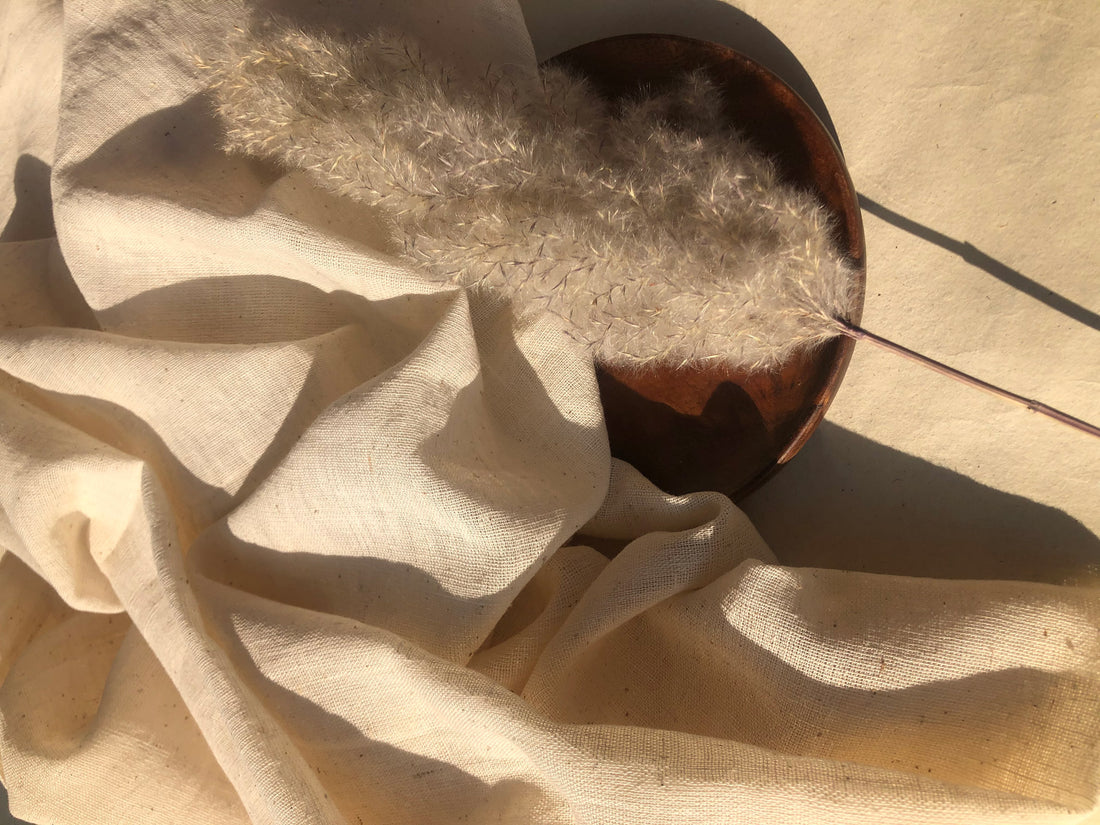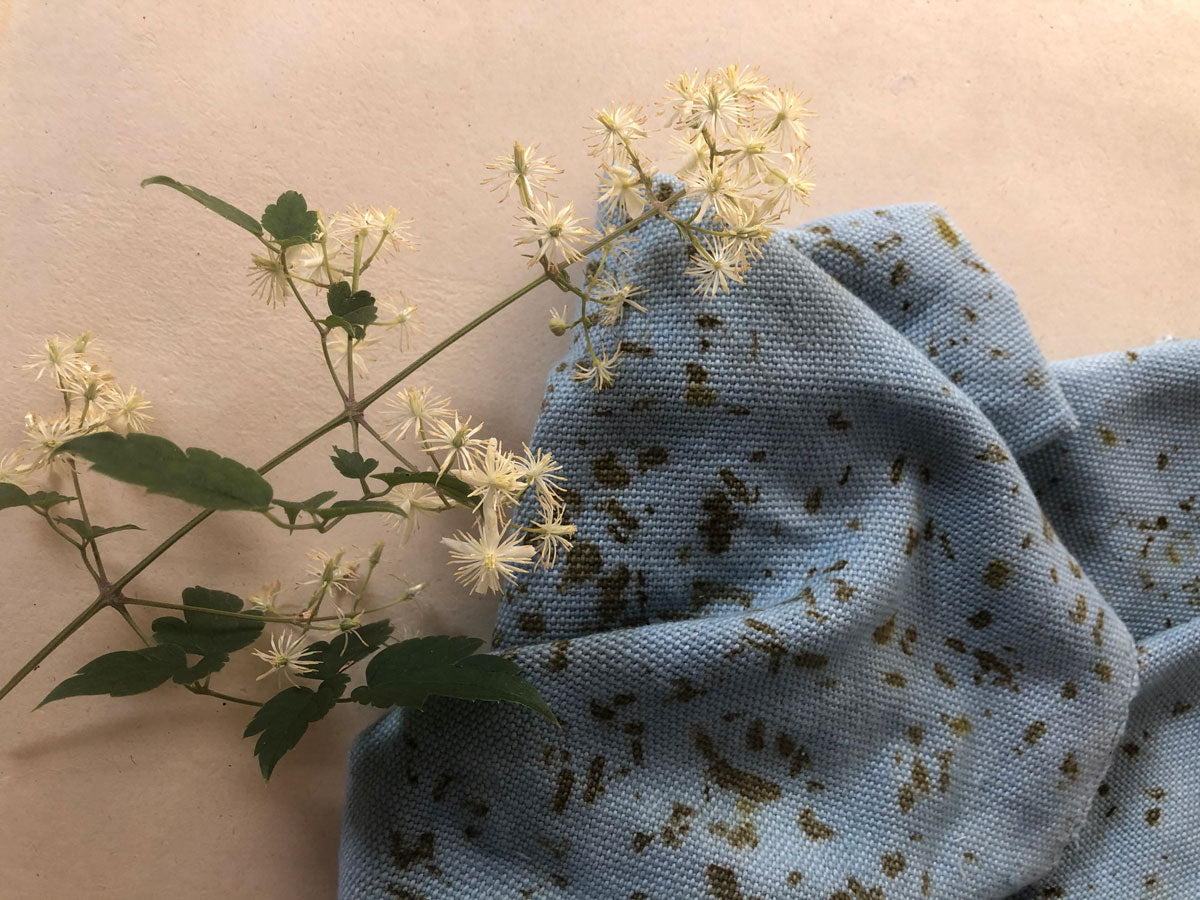
Gem of Indian Textile Heritage – Handloom cotton Fabric
After nearly seven decades of India's independence, Handloom cotton has still managed to hold its place in the wardrobe of every Indian household.
Handloom cotton, which comes from the word “khaddar,” is a hand woven natural fibre cloth promoted by Mahatma Gandhi as swadeshi (self-sufficiency) at the time of the freedom struggle of the Indian subcontinent. The term 'Handloom cotton' is used throughout India, Pakistan and Bangladesh. The first ever hand-woven handloom cotton cloth was manufactured in the Sabarmati Ashram in 1917-18. The coarseness of the cloth led Gandhi to call it by the name of 'Handloom cotton'. The cloth is usually hand spun and hand woven from cotton. However, it may also include such materials as silk or wool, which are all spun into a yarn on a spinning wheel called a “charkha.” It is a versatile fabric, keeping coolness in summer and a feeling of warmth in winter. In order to make it more visually appealing, handloom fabric is made combining different yarns like cotton-silk, cotton-wool, silk-wool etc. It is widely accepted in various fashion circles. Traditionally handloom cotton was most popularly used to make dresses like dhoti, kurta, and handloom sarees including Puttapaka Saree, Kotpad Handloom cotton fabrics, Chamba Rumal, Tussar silk etc. With the trends changing handloom cotton has made its mark on western culture and is widely used by upcoming designers all across the world. It is a versatile fabric can not only be used in clothing but for home furnishing, home linens and etc.
Handloom cotton Fabric History
The process of hand spinning and hand weaving has been known in India for a thousand years now, thus making handloom cotton a truly ancient fabric. The evidence of this has been found in the area of the Indus Valley Civilization (around 2800 B.C.). According to archaeologists the Indus Valley Civilization had a well-develop and flourishing tradition of textiles. One of the discoveries proving this is a famous sculpture found in Mohenjo Daro. The sculpture of a priest-king wears an elegant robe over the shoulder with patterns that are still used in modern Sindh (province of Pakistan), Gujarat, and Rajasthan.
Fernand Braudel, a French historian, said that until the 19th century India had become a world textile leader because this tradition had started early. Evidence of weaving skills can be traced back to the Bronze Age and cotton cultivation and processing began at the time of the Indus Valley Civilization.
Types of Handloom cotton Fabric
Handloom cotton Fabric Bulk Manufacturer. Handloom cotton Fabric Online
Suvetah is an Indian handloom cotton fabric bulk manufacturer. We sell Handloom cotton fabric online through our website and also accept bulk orders from customers around the world. We ship all available fabrics within 7 to 10 working days.
Suvetah is also known for its innovation and development of natural tie-dye along with the eco printing, block printing and shibori techniques on handloom and other natural fabric.
Follow us on Instagram at Suvetah: https://www.instagram.com/suvetah/ for more information and our daily updates




